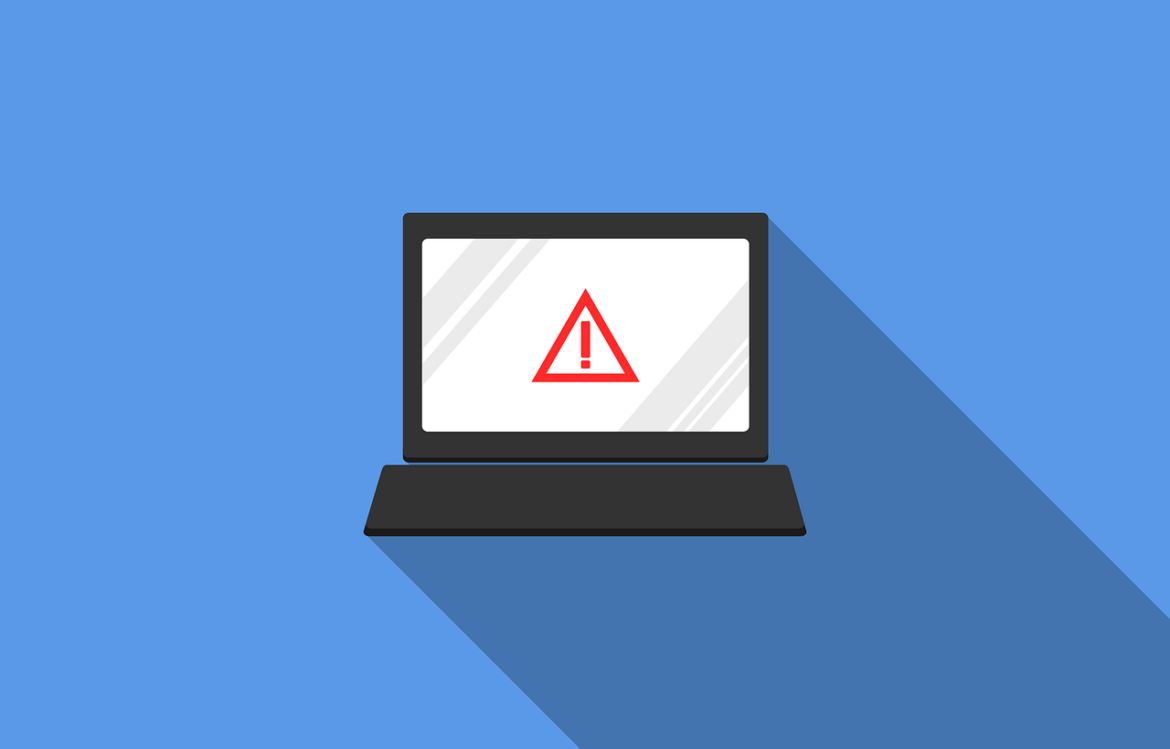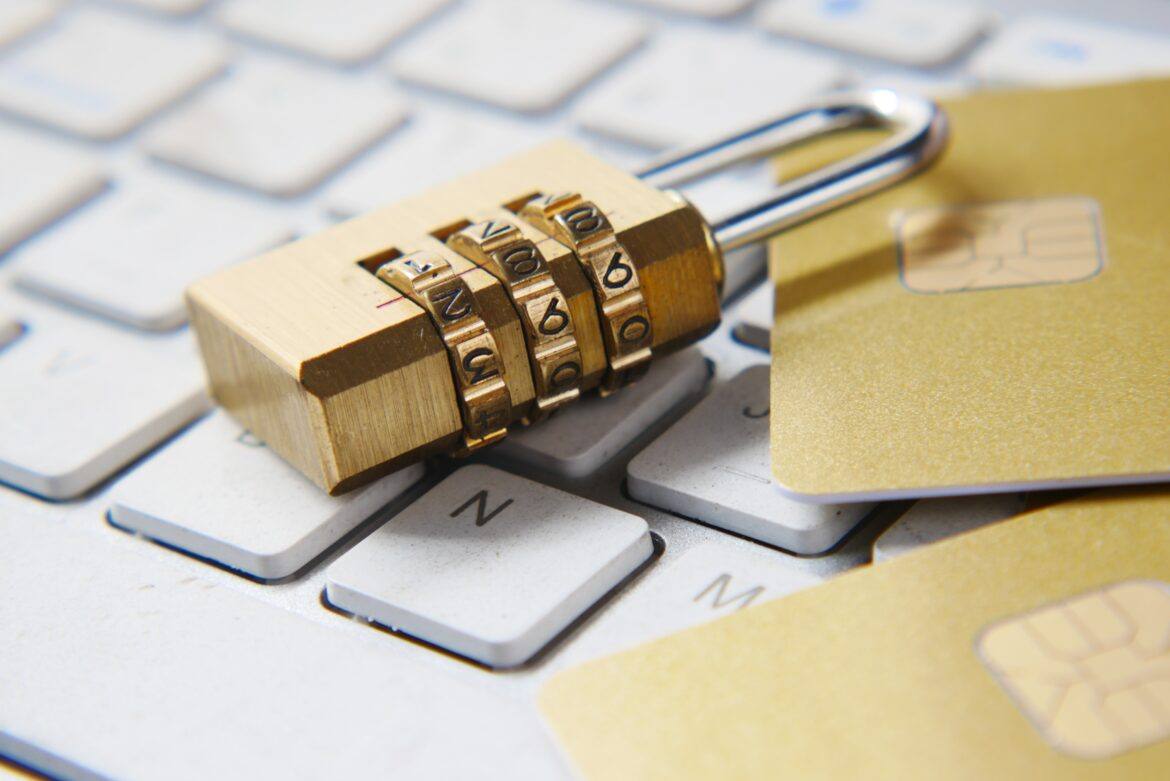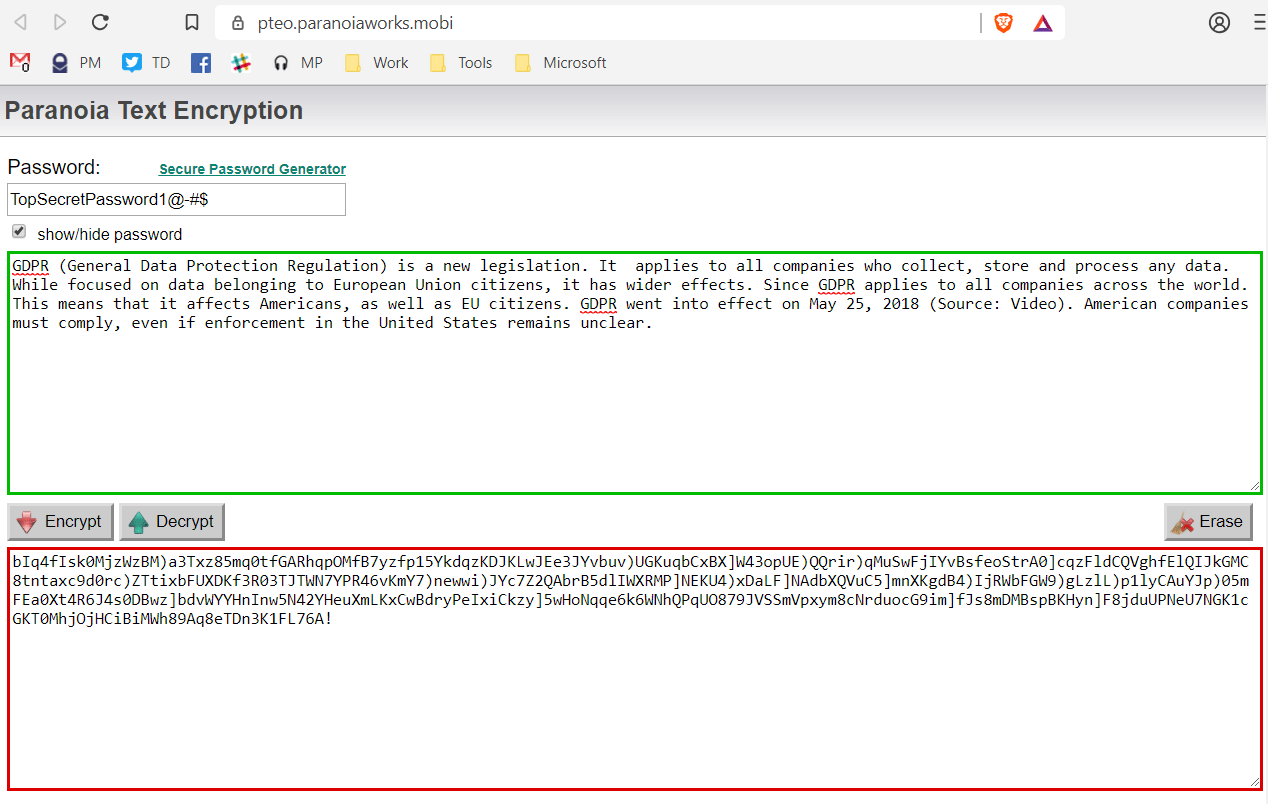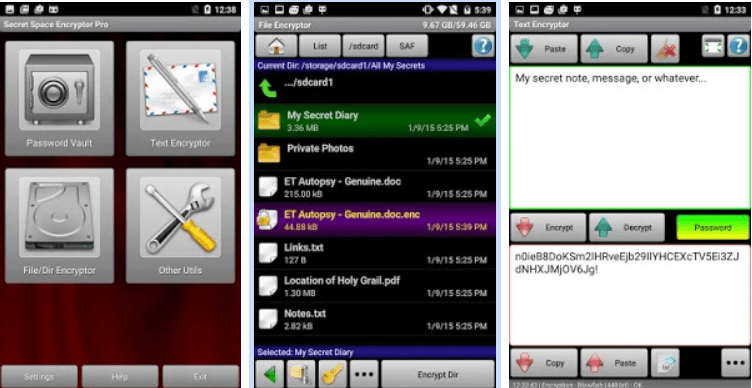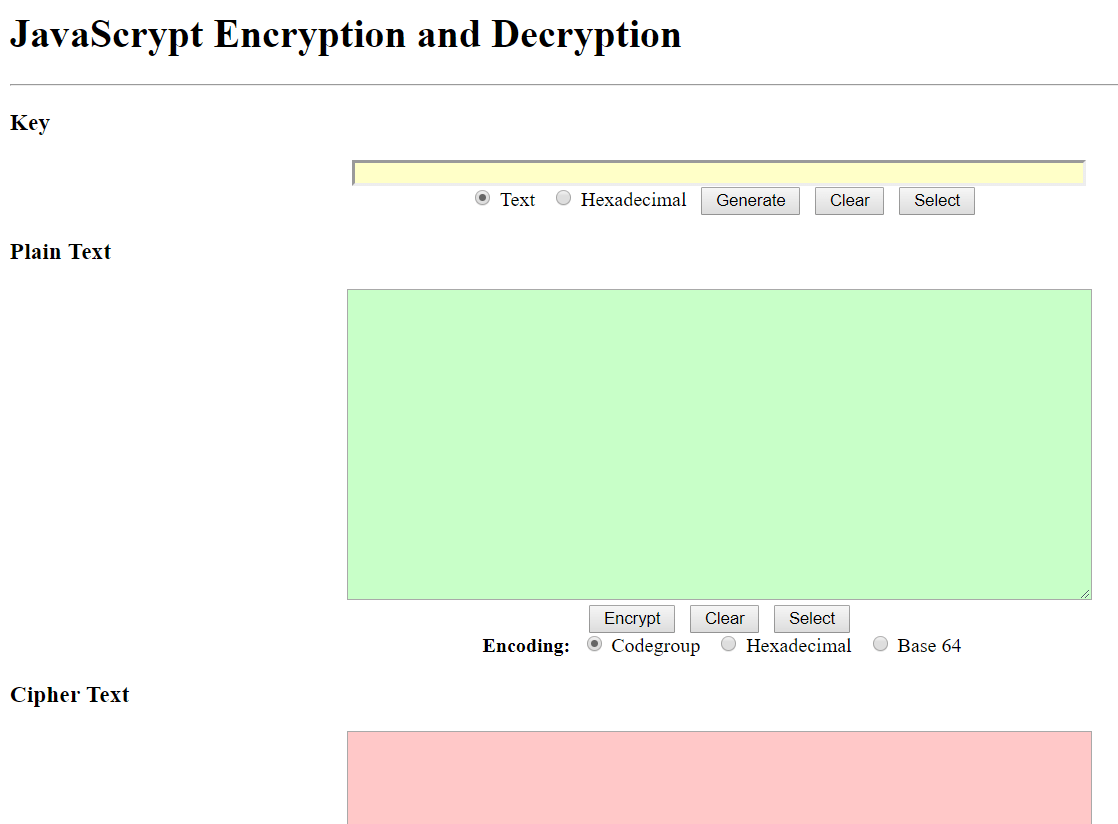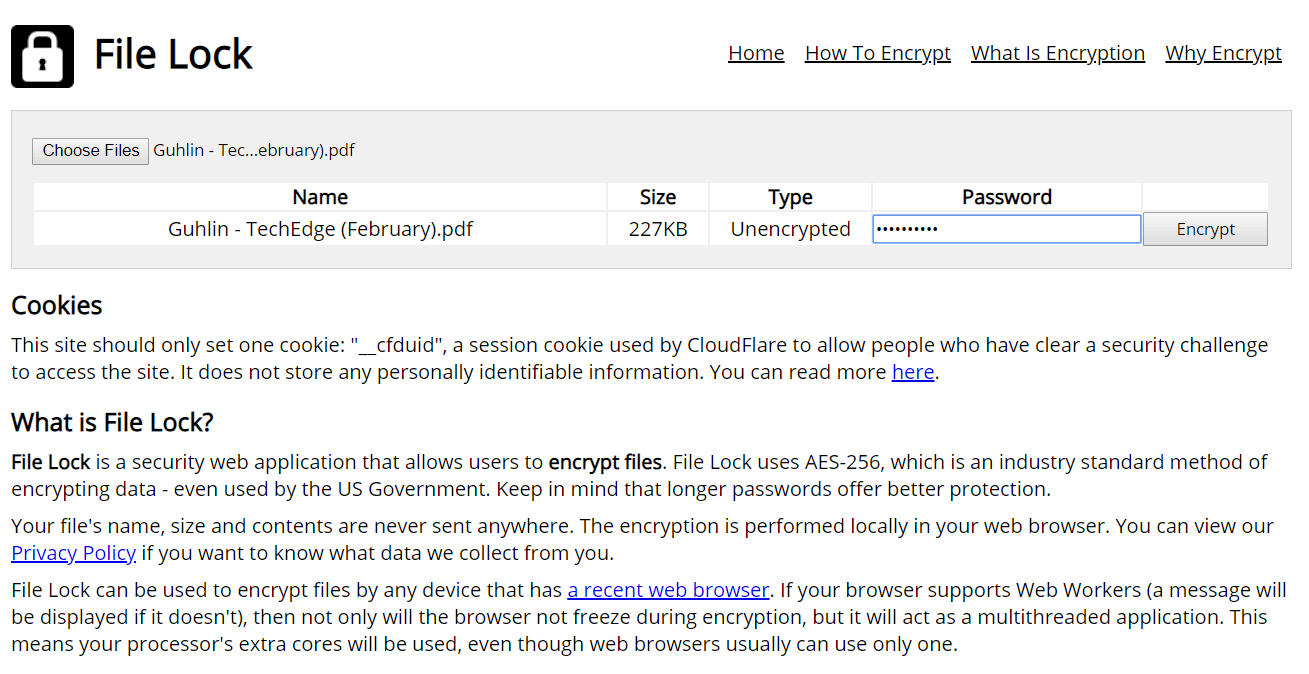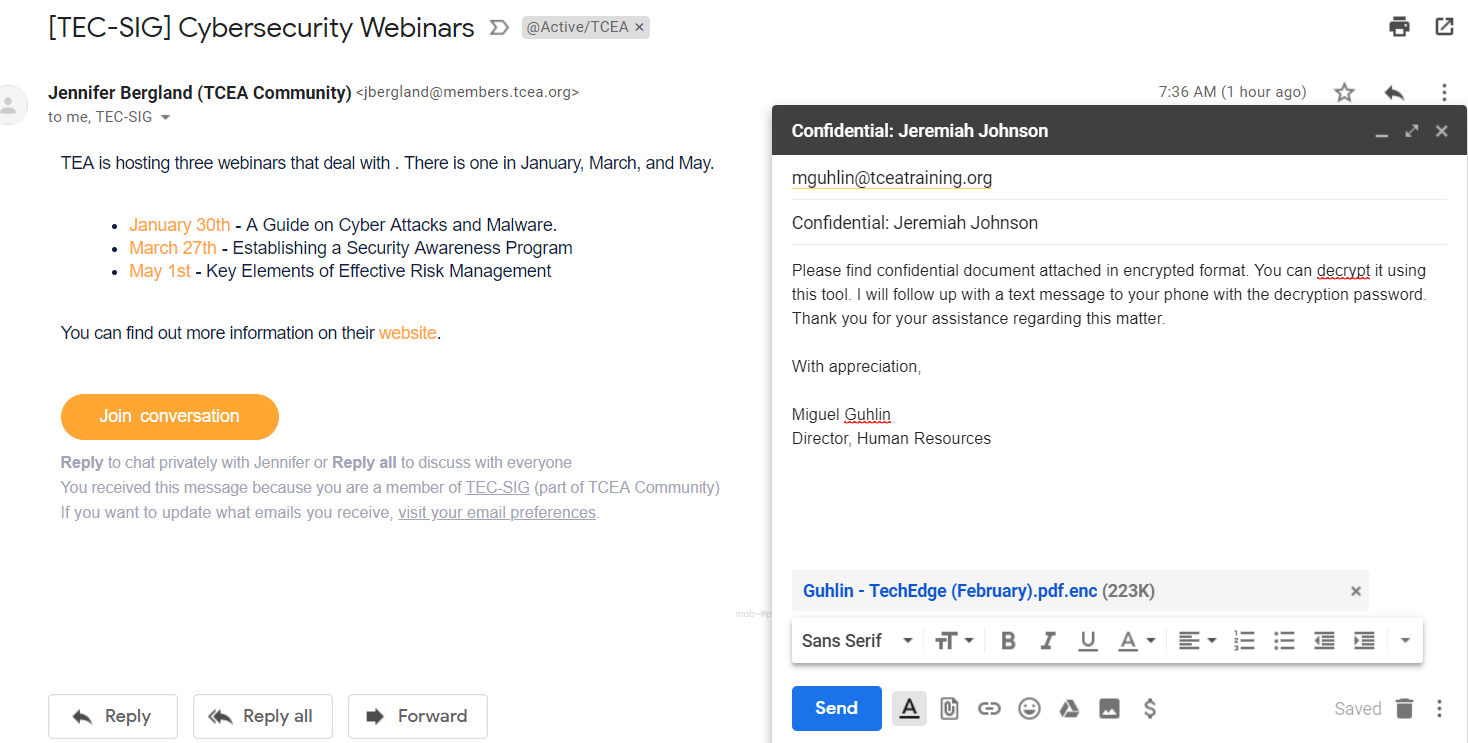Stay informed on cybersecurity in education. Discover tips, tools, and strategies to protect schools, educators, and students online.
Civics classes can help students learn their rights, privileges, and duties as a part of a larger society. For that reason, we include civics in most education programs. But today, being a positive part of society includes not only our words, actions, and behaviors in “the real world” — but those online as well.
Helping anyone, including students, understand the potential and potential dangers of the online world can be tough. Luckily, many are working on spreading awareness of what it takes to be a good digital citizen.
Defining Digital Citizenship
It’s all about staying safe while staying connected and understanding the realities of the digital world that we spend so much of our time in. Being aware of one’s actions online is a lot like our behavior in face-to-face society. That is, a good citizen should also be a good digital citizen.
With so many aspects of our lives online — no less now because of restrictions to gatherings — from banking to schooling, it’s important to consider our digital behaviors, and for educators to help learners understand the potential and potential pitfalls of the connected life.
Here’s a simple, memorable definition:
“The quality of habits, actions, and consumption patterns that impact the ecology of digital content and communities.”
Terry Heick, https://www.teachthought.com/the-future-of-learning/the-definition-of-digital-citzenship/
Virtual Library offers this definition:
Digital citizenship can be defined as engaging in appropriate and responsible behaviour when using technology.
It encompasses digital literacy, ethics, etiquette, online safety, norms, rights, culture and more.
A digital citizen is one who knows what is right and wrong, exhibits intelligent technology behavior, and makes good choices when using technology.
https://www.virtuallibrary.info/digital-citizenship.html
Good digital literacy could include using strong passwords and password managers, understanding our personal online “brand,” and ensuring that our actions and words online are safe and secure, and that privacy is maintained, especially for students.
Defining the Event
Digital Citizenship Week is designed to promote awareness of sound digital literacy habits and inspire best practices in organizations and individuals. That means sharing ways to interact safely online. This year, it is observed October 19–23.
Common Sense Education is sharing events you can take part in to better understand your role as a good digital citizen.
- Digital Citizenship and Supporting Young People’s Lives Online (RSVP)
- Helping Kids Use Social Media Responsibly: An Educator’s Guide to “Social Media TestDrive” (RSVP)
- Workshop for Educators: Digital Citizenship and Supporting Young People’s Lives Online (RSVP)
- And more!
You can also check out a planning calendar, activities organized by age and grade, and many other resources.
More from TechNotes
Looking for more ways to understand this topic, and inform your students (and staff, educators, and families) about staying smart online? Check out more digital literacy resources from TCEA below, and don’t forget to share your ideas in the comments!
- Google-ize Your Digital Citizenship
- Celebrate Digital Citizenship Week with a Positive Digital Footprint
- A New Tool for Digital Citizenship
- Celebrating Digital Citizenship Week with Powerful Resources
- Internet Security 101: What Teachers and Students Need to Know
- Ed Tech News Roundup: Digital Citizenship, Rural Schools, and More
- Are You a Victim of Typosquatting?
- Research in the Age of the Filter Bubble

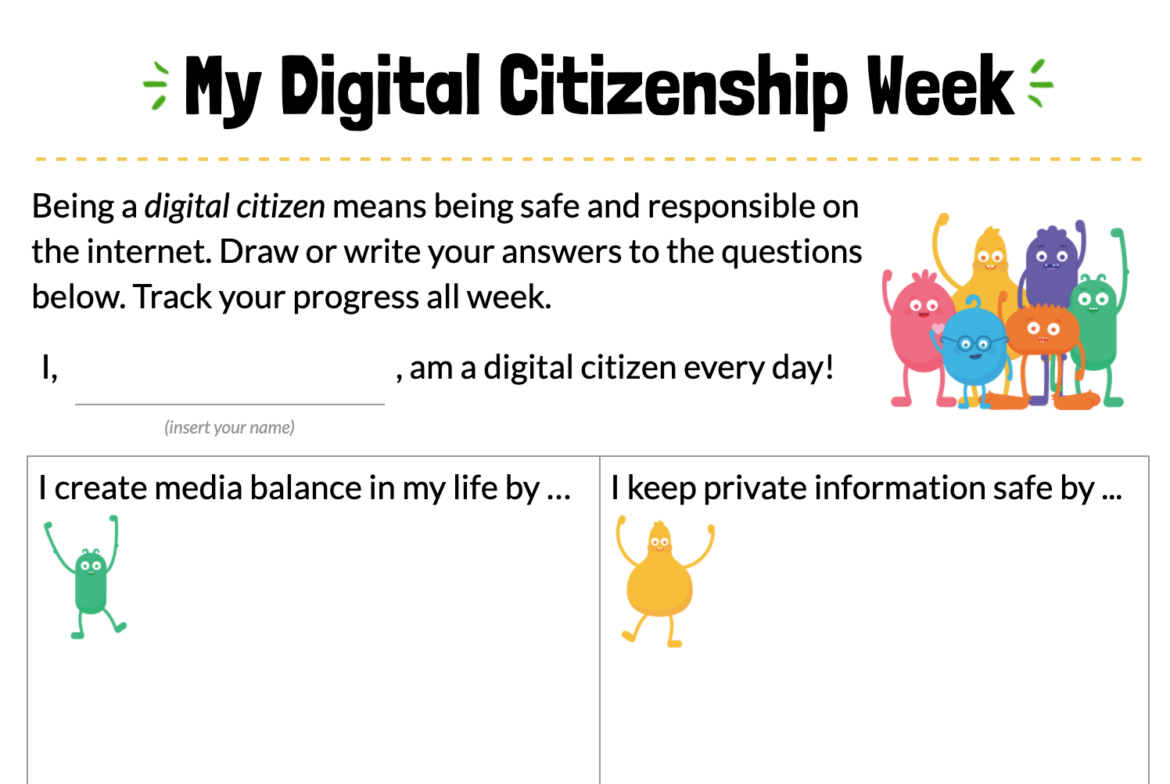
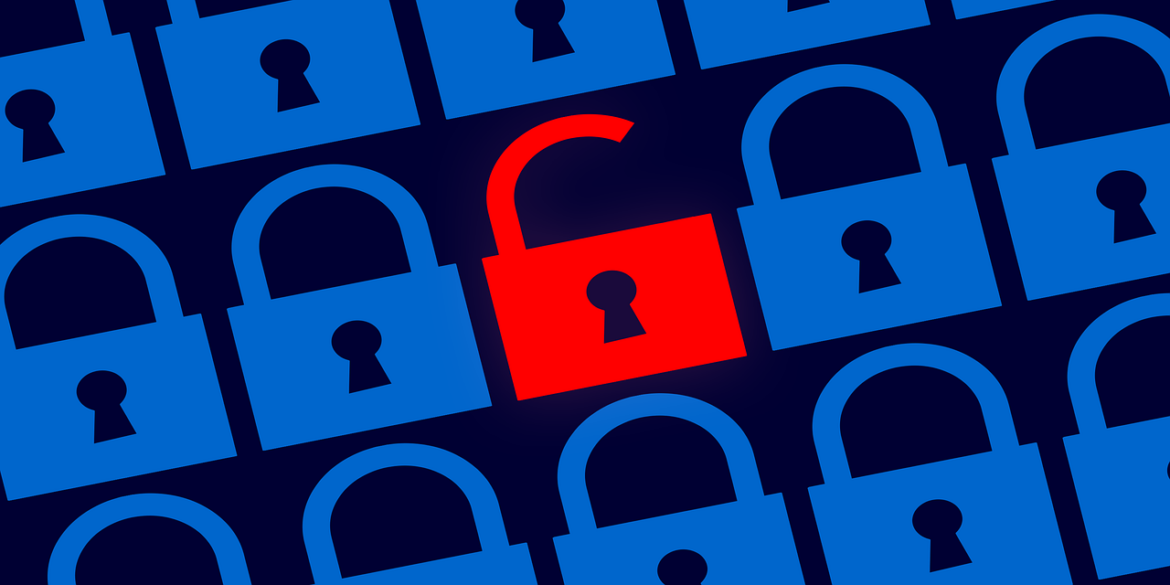

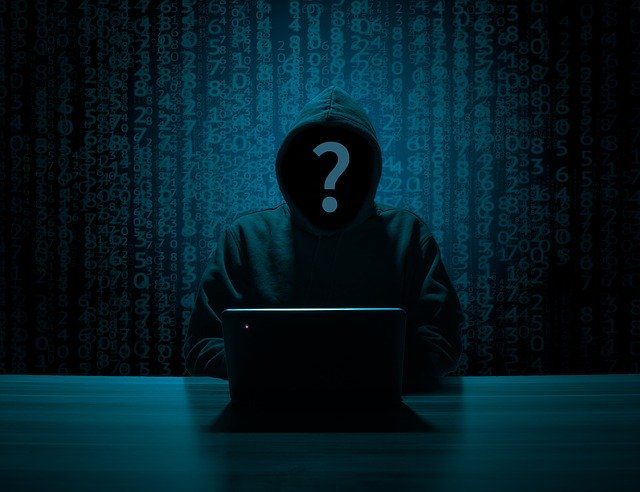



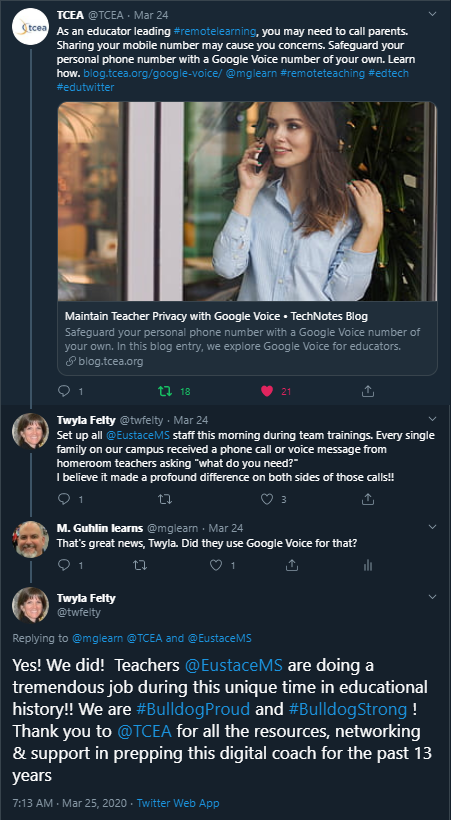
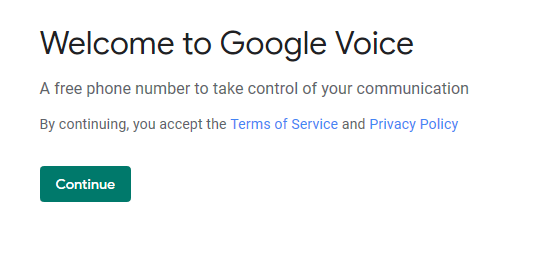
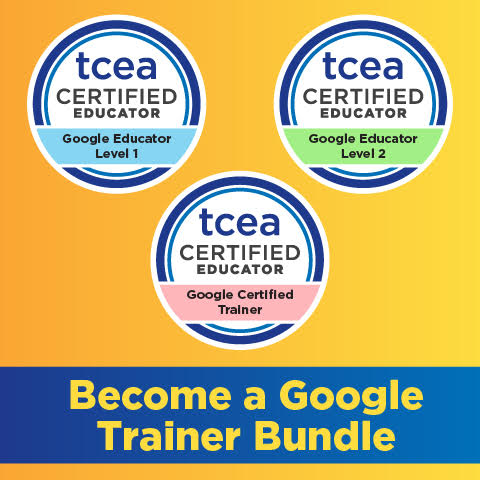 Sign up for one of our Google Certified Educator certifications. You’ll learn about more than Google Meet, as well as earn 12 CPE hours per course. Use these courses to get Google Educator certified.
Sign up for one of our Google Certified Educator certifications. You’ll learn about more than Google Meet, as well as earn 12 CPE hours per course. Use these courses to get Google Educator certified. 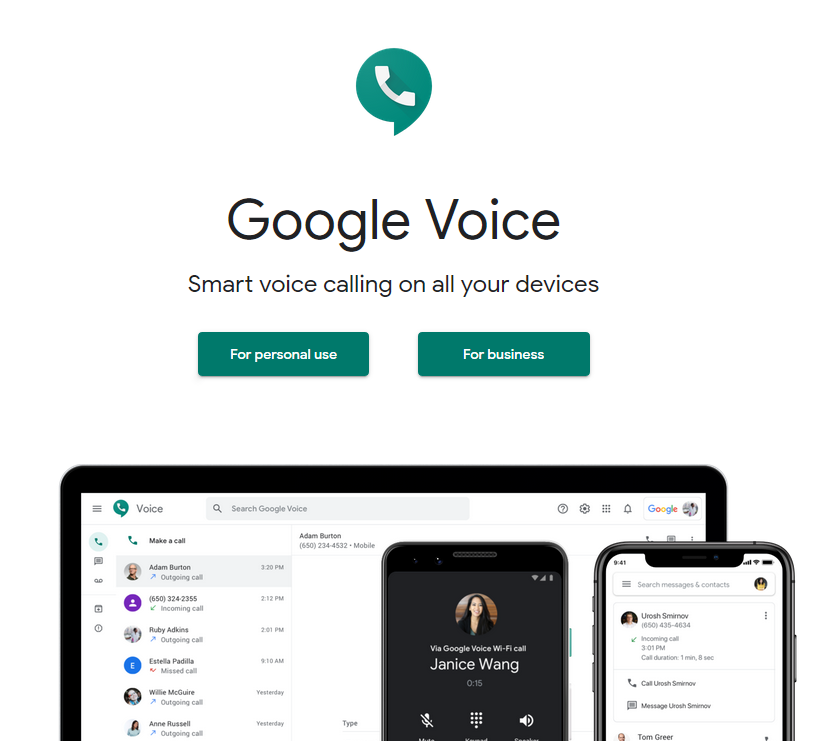
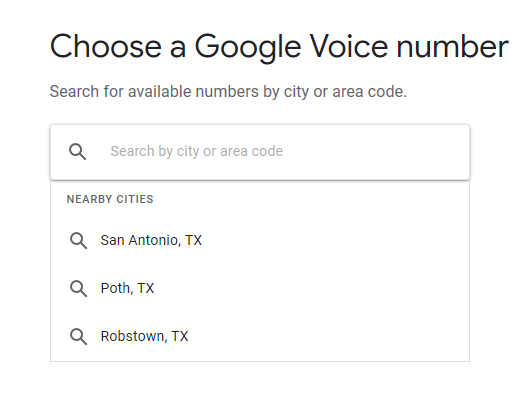
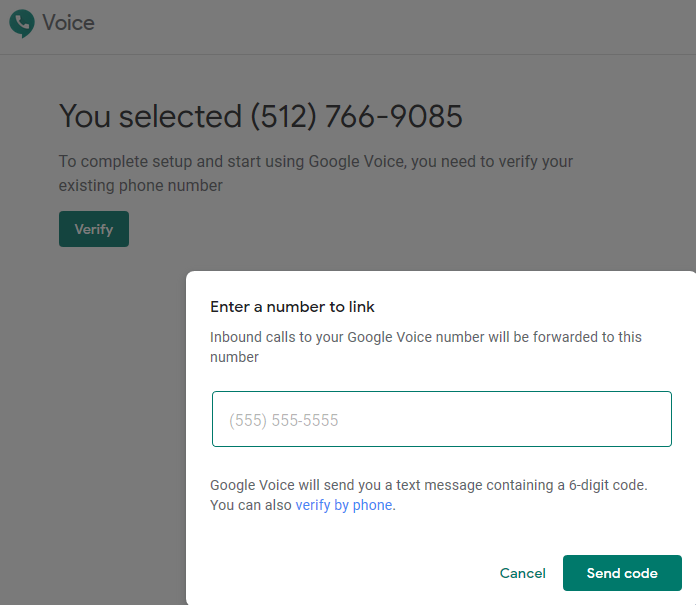
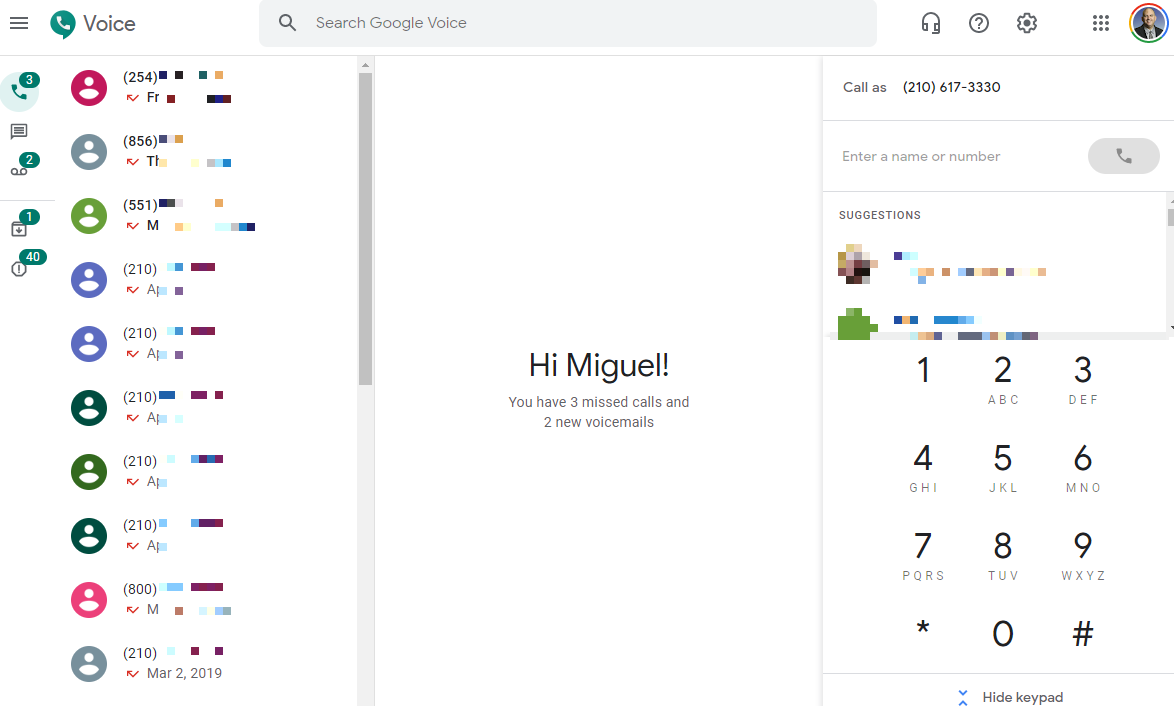

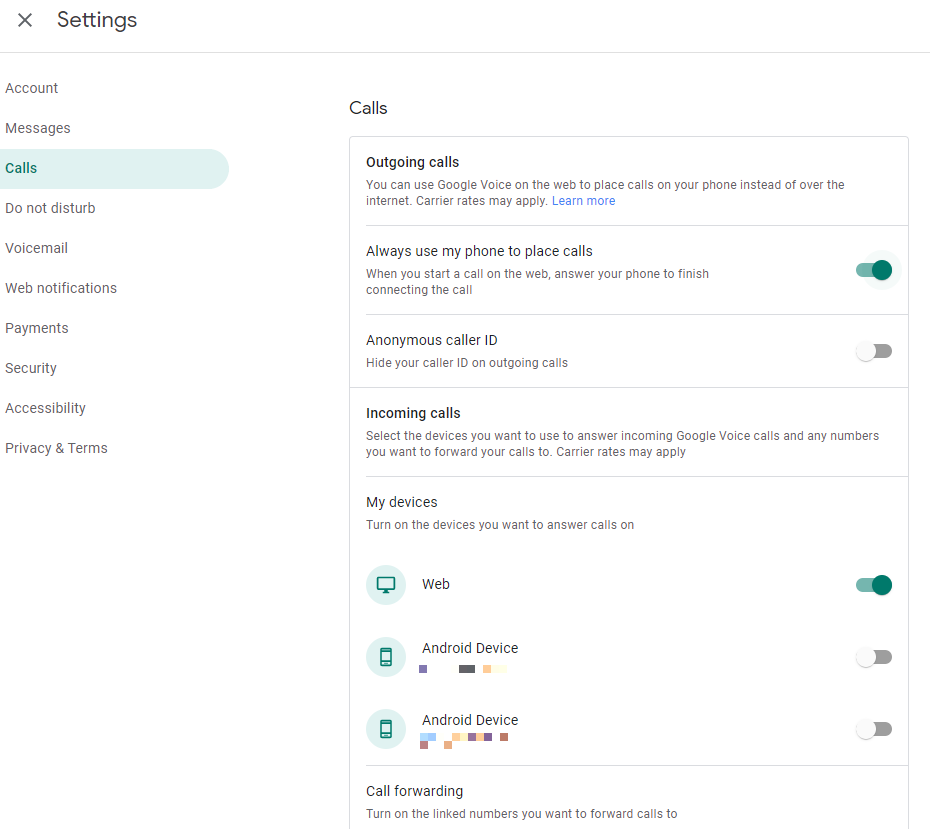
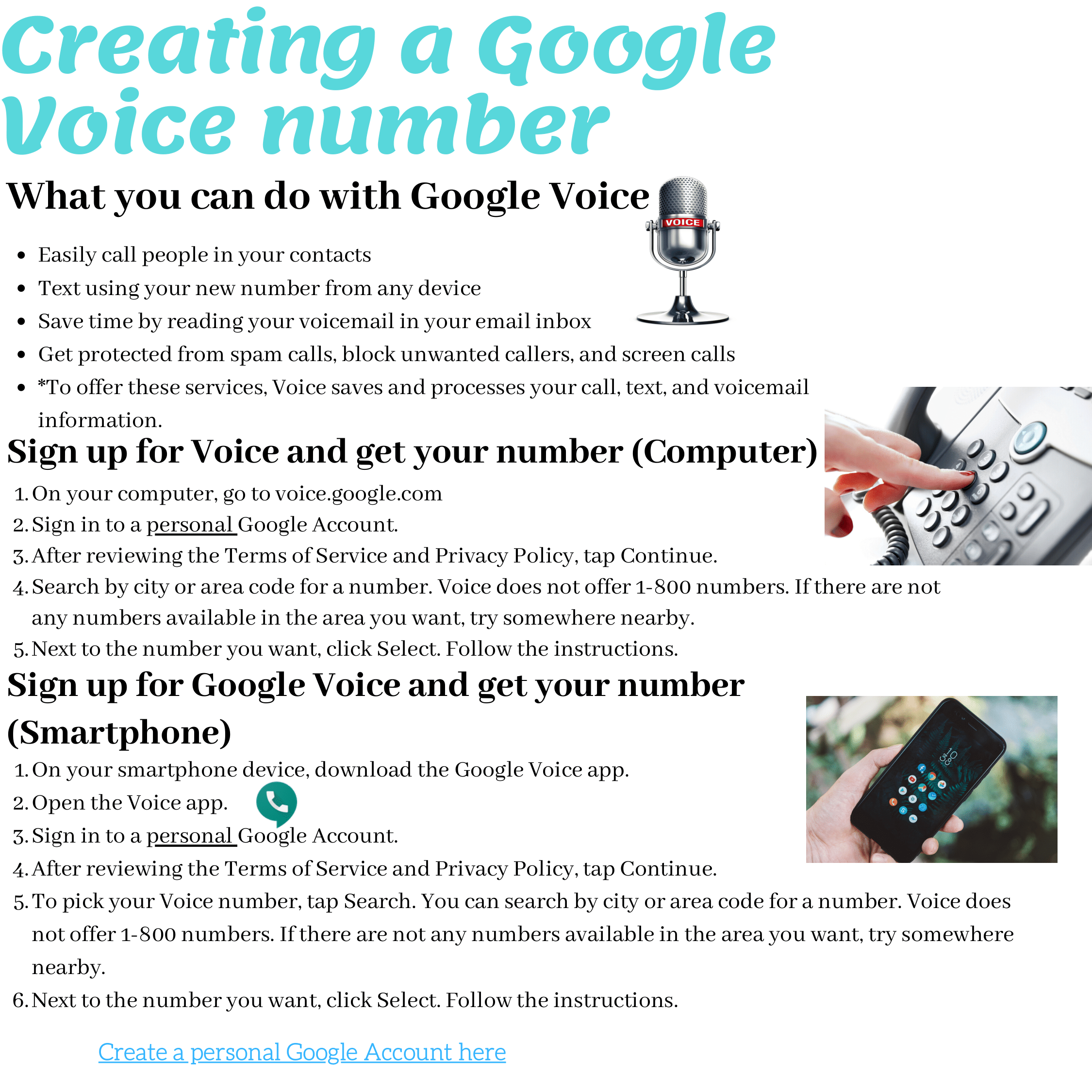
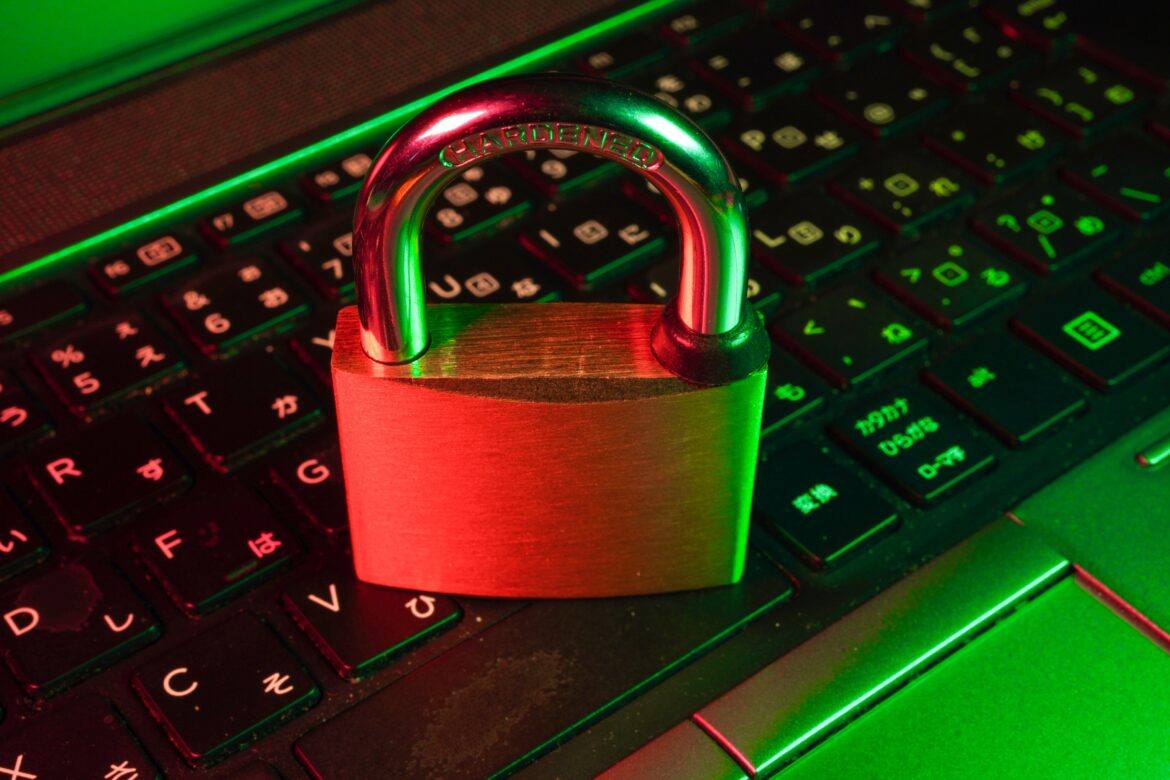
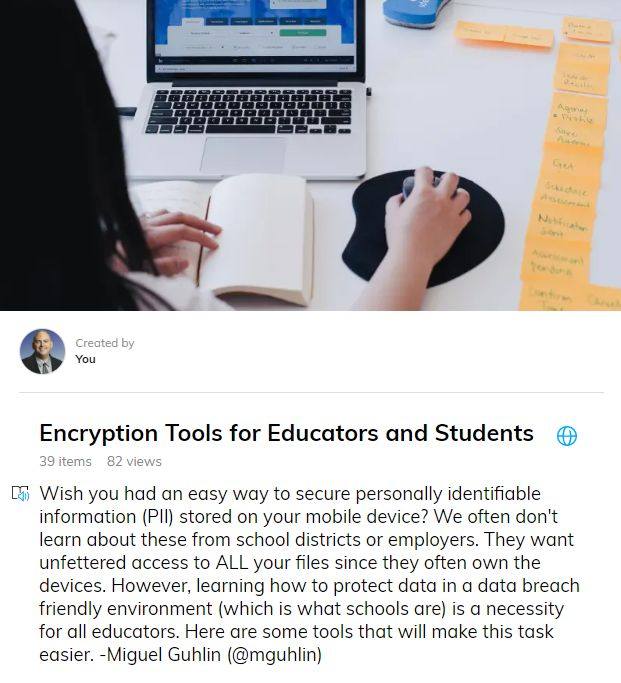
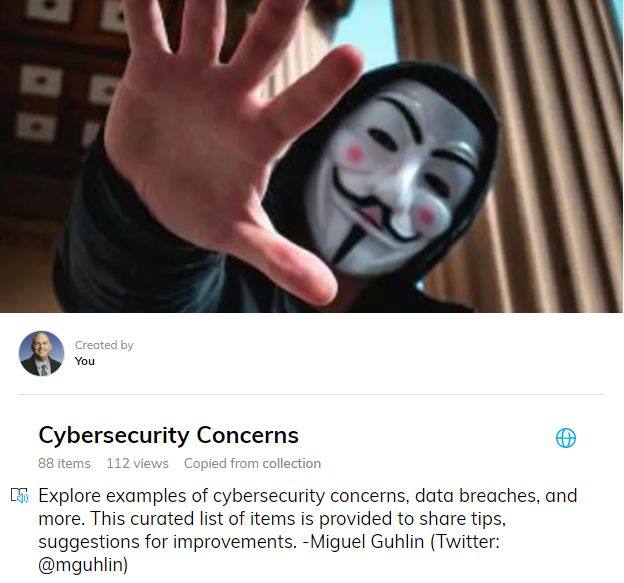

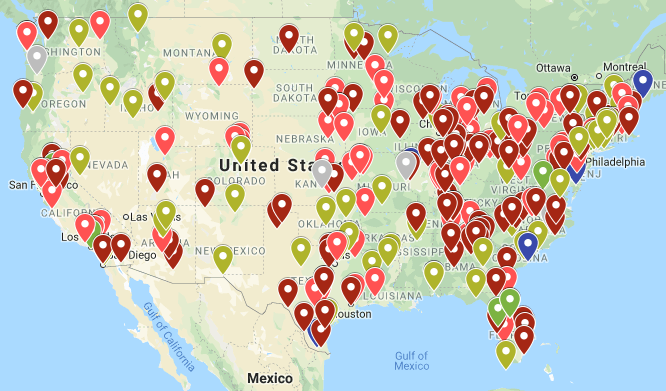
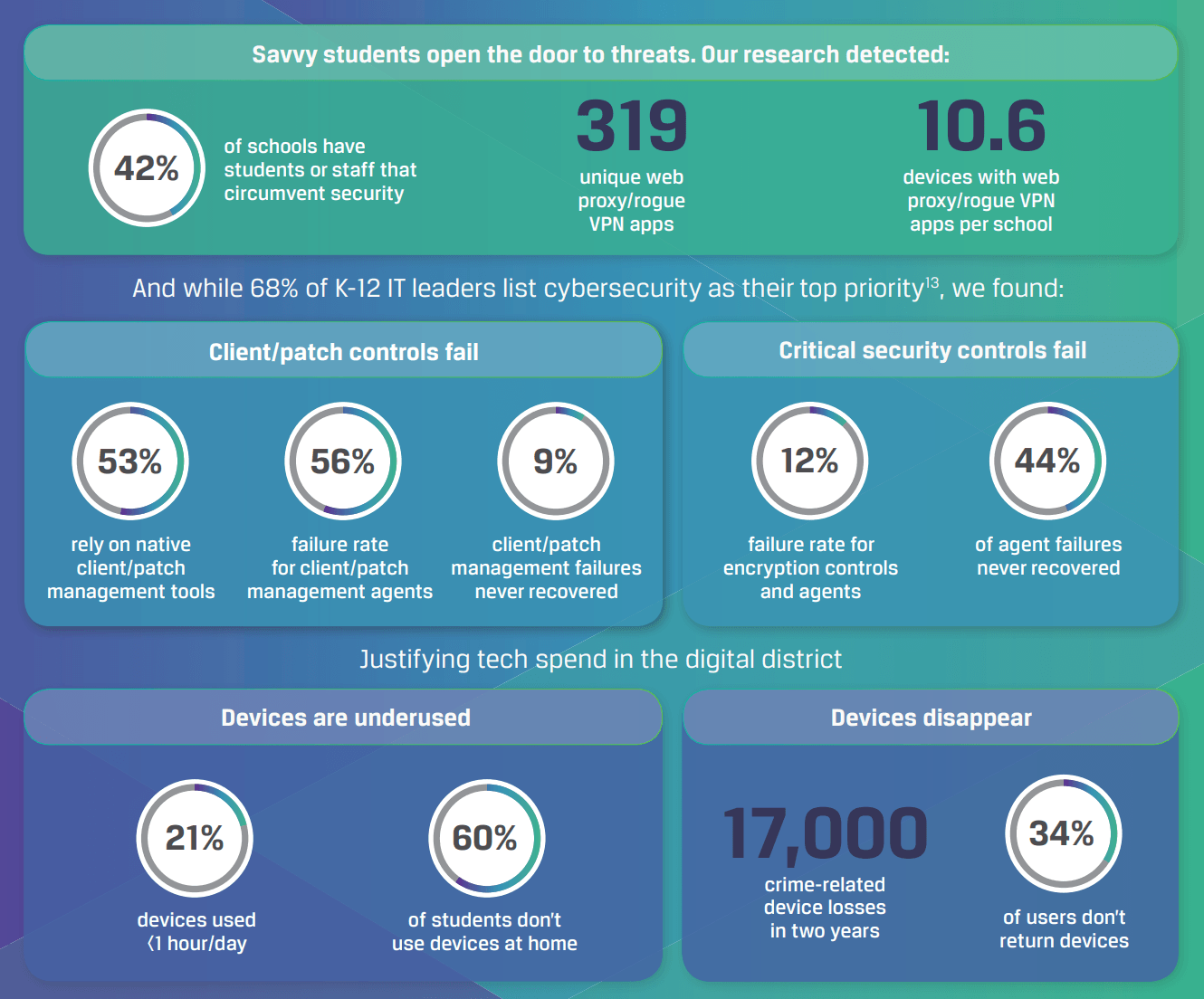
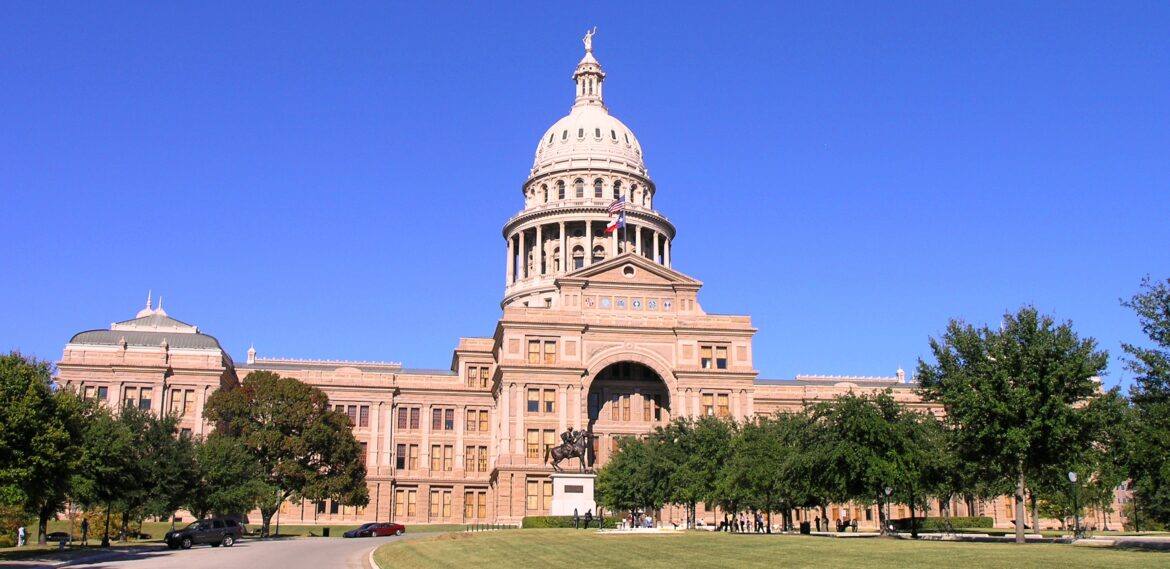
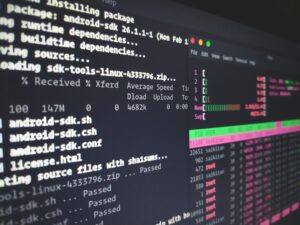 We had some huge wins in the area of computer science and computational thinking this session. Our six-year goal of providing weighted funding for the 9-12 Technology Application courses has finally been achieved. In HB 3, the school finance legislation, the weighted funding for CTE was changed from grades nine through twelve to grades seven through twelve. In addition, the
We had some huge wins in the area of computer science and computational thinking this session. Our six-year goal of providing weighted funding for the 9-12 Technology Application courses has finally been achieved. In HB 3, the school finance legislation, the weighted funding for CTE was changed from grades nine through twelve to grades seven through twelve. In addition, the  There are two pieces of legislation that are going to impact educational broadband. The first is HB 1960 which creates a Governor’s Broadband Council that will advise the governor on issues related to broadband access to unserved areas. This is progress, but not as much as we hoped for. There are few, if any, areas of Texas that are unserved. The original bill included underserved areas, but heavy lobbying by the large telecommunication companies eliminated that language from the bill. However, we consider this progress because we finally have some entity at the state level that will look at the state’s needs for broadband from a strategic perspective. For too long, all state entities have tried to provide affordable, scalable broadband for their own purposes when it would be much more cost efficient to survey the needs across agencies and entities and design a plan to meet all the needs. HB 1960 at least establishes a council that could do this in the future, if given the authority.
There are two pieces of legislation that are going to impact educational broadband. The first is HB 1960 which creates a Governor’s Broadband Council that will advise the governor on issues related to broadband access to unserved areas. This is progress, but not as much as we hoped for. There are few, if any, areas of Texas that are unserved. The original bill included underserved areas, but heavy lobbying by the large telecommunication companies eliminated that language from the bill. However, we consider this progress because we finally have some entity at the state level that will look at the state’s needs for broadband from a strategic perspective. For too long, all state entities have tried to provide affordable, scalable broadband for their own purposes when it would be much more cost efficient to survey the needs across agencies and entities and design a plan to meet all the needs. HB 1960 at least establishes a council that could do this in the future, if given the authority. 
 There are several opportunities in the bills mentioned above that will provide professional development in digital learning. The Blended Learning Grants are largely designed to provide professional development for educators in blended learning, not to mention the funding provided to UTeach to continue to provide this type of training to Texas teachers. Also, this is a good chance to remind districts that the TIMA may be used to provide professional development on the use of technology. In addition to these bills, the legislature passed HB 2424 that requires the SBEC to establish rules to create microcredentials in fields of study related to an educator certification class. This was one of TCEA’s legislative priorities, so we are excited to see this bill pass.
There are several opportunities in the bills mentioned above that will provide professional development in digital learning. The Blended Learning Grants are largely designed to provide professional development for educators in blended learning, not to mention the funding provided to UTeach to continue to provide this type of training to Texas teachers. Also, this is a good chance to remind districts that the TIMA may be used to provide professional development on the use of technology. In addition to these bills, the legislature passed HB 2424 that requires the SBEC to establish rules to create microcredentials in fields of study related to an educator certification class. This was one of TCEA’s legislative priorities, so we are excited to see this bill pass. 